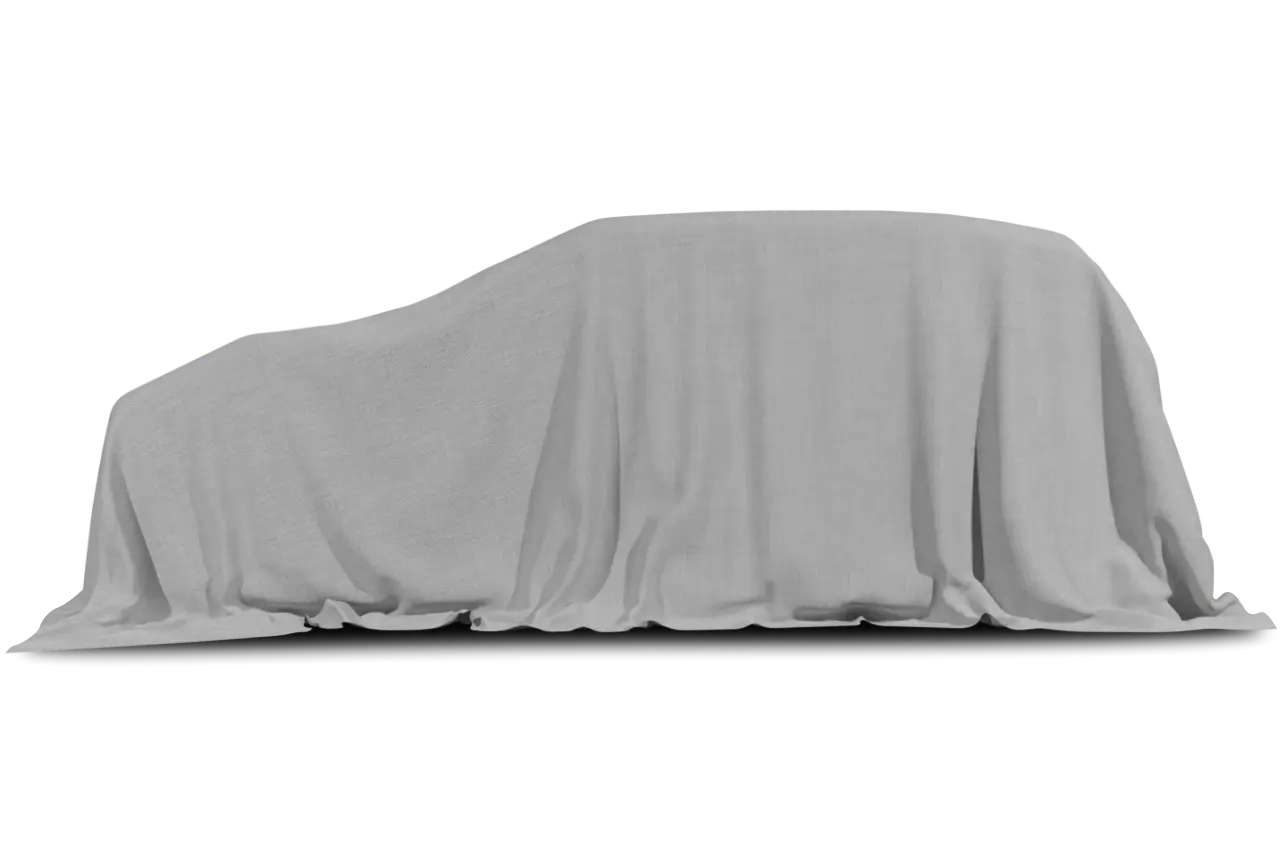
Vehicle Overview
After a brief hiatus, Audi’s high-performance RS line is back in the U.S. in the form of the four-seat TT RS coupe. It’s powered by a 360-horsepower inline-five-cylinder engine that teams with a six-speed manual transmission, and Audi cites a zero-to-60-mph acceleration time of just 4.1 seconds. Competitors include the BMW M3, Porsche Cayman and Lotus Exige.
Exterior
The TT RS rings in at 3,306 pounds. Its aggressively styled exterior features a fixed rear wing spoiler, dual oval exhaust outlets, 19-inch aluminum wheels, a black-gloss diamond-pattern grille, large front air inlets and prominent side sills. Nineteen-inch gloss-black wheels with red matte accents are optional for red and black cars. The headlights include LED daytime running lights. A power-retractable spoiler is available in place of the fixed wing.
Interior
Inside, the TT RS has a thicker three-spoke flat-bottom steering wheel, brushed aluminum accents, RS-specific door handles and aluminum doorsills with the RS logo. Power-adjustable front sport seats are finished in Silk Nappa leather, and Alcantara upholstery is available. A Bose premium stereo and Audi’s MMI navigation system are available.
Under the Hood
The TT RS features Audi’s turbocharged 2.5-liter inline-five-cylinder engine, which produces 360 hp and 343 pounds-feet of torque. Audi claims the TT RS’ top speed is 174 mph. Only offered with a six-speed manual transmission, the TT RS can sprint from zero to 60 mph in 4.1 seconds, according to Audi.
Like other Audis, the TT RS features Quattro all-wheel drive. In addition to the chassis being lowered 10 millimeters, Audi’s magnetic ride system is standard. It includes a Sport mode that stiffens the overall ride, enhances throttle response and opens flaps in the exhaust system for a more pronounced sound. A more aggressive sport exhaust with matte black exhaust tips is available.
Safety
Standard safety features include four-wheel-disc antilock brakes, front-seat side-impact airbags with head extensions, front knee airbags and an electronic stability system. Rear parking sensors are optional.






























